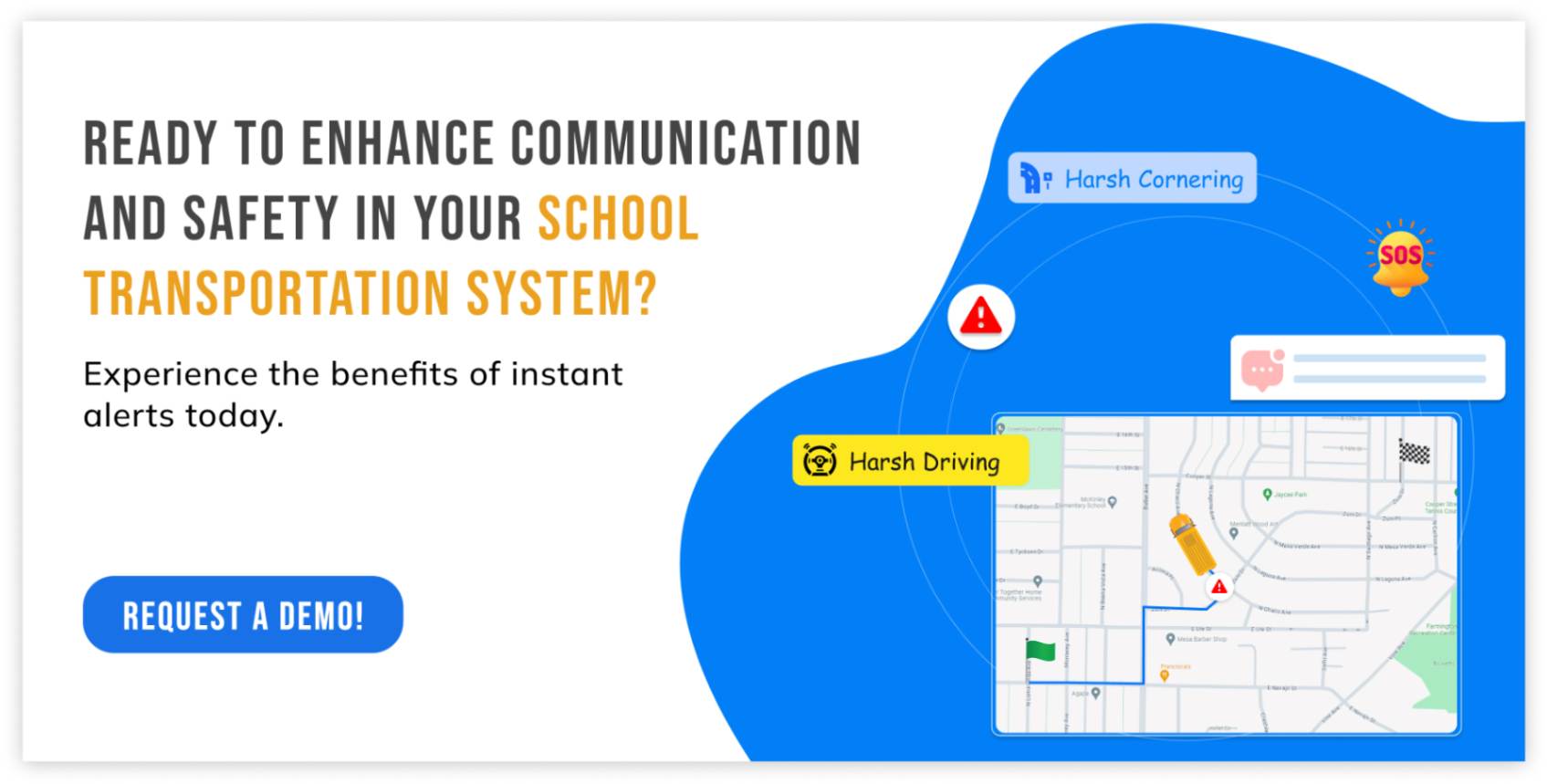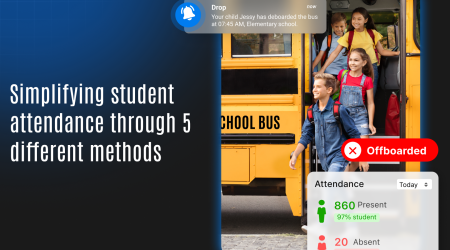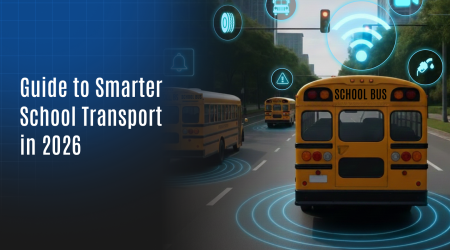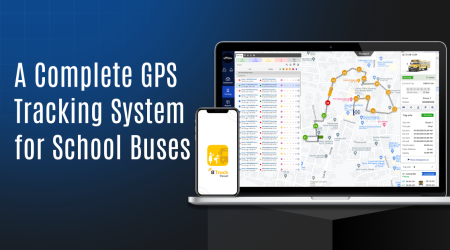Enhancing Communication with Instant Alerts in School Bus Monitoring
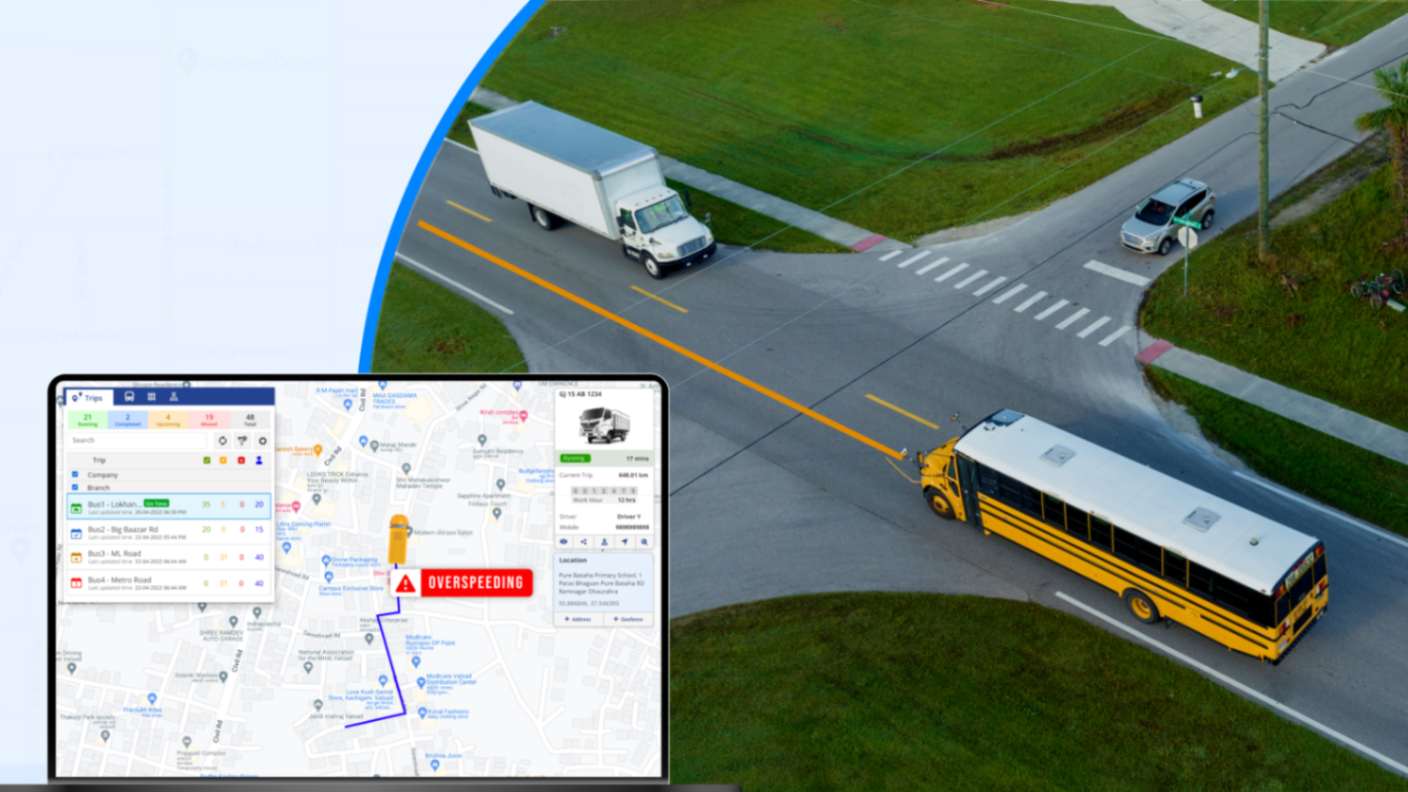
Imagine the relief of having real-time updates on every school bus journey at your fingertips. In the school bus transportation business, this level of communication is crucial. Modern monitoring systems now feature instant alerts that deliver timely notifications to parents, school administrators, and transport managers. These alerts cover everything from unexpected delays to route changes, keeping everyone informed and enabling swift action when needed. This feature not only enhances the safety and efficiency of the service but also provides peace of mind to all parties involved.
The Importance of Instant Alerts
Instant alerts play a vital role in modern school bus monitoring systems for several reasons:
- Timely Communication: They ensure that parents and school administrators receive immediate updates about important events, such as bus arrivals, departures, or emergencies.
- Enhanced Safety: Quick notifications can significantly improve the response time during emergencies, potentially saving lives and preventing injuries.
- Operational Efficiency: Transport managers can quickly address and rectify issues such as route deviations or speeding, ensuring that the transportation system runs smoothly.
How Instant Alerts Work
Instant alerts in school bus monitoring systems are notifications sent immediately to relevant stakeholders when specific events occur. These alerts can be sent via SMS, email, or app notifications. The key events that trigger these alerts include:
- Bus Arrival and Departure: Notifications when the bus arrives at or departs from designated stops. This ensures parents know when to expect their children and can plan their schedules accordingly.
- Route Deviations: Alerts when the bus deviates from its planned route. This helps transport managers quickly identify and rectify any issues, ensuring the bus follows the safest and most efficient route.
- Speeding Notifications: Alerts if the bus exceeds the speed limit. Speeding can threaten the safety of students, so immediate alerts enable quick intervention.
- Emergency Situations: Immediate alerts in case of accidents, breakdowns, or other emergencies. Quick communication during emergencies can save lives and ensure students receive the necessary help promptly.
Technically, the system integrates GPS tracking, mobile communication technology, and real-time data processing to ensure that alerts are sent without delay. GPS tracking provides precise location data, while mobile communication technology ensures alerts are delivered swiftly. Real-time data processing means the system can analyze and act on data instantly, triggering alerts as soon as specific conditions are met.
Benefits of Instant Alerts
Enhanced Safety
Immediate notifications enable quick responses to emergencies or unexpected changes, ensuring student safety. Parents and school administrators can react promptly to any situation, reducing the risk of accidents or harm to students.
Improved Efficiency
Transport managers can quickly address issues like route deviations or speeding, ensuring smoother operations and reducing delays. This proactive approach helps maintain an efficient and reliable transportation system.
Peace of Mind for Parents
Parents feel reassured knowing they are immediately informed about their child’s bus journey, reducing anxiety and improving satisfaction. Instant alerts help parents stay connected and aware of their child’s safety at all times.
Proactive Management
Schools can maintain better control over their transportation systems, quickly addressing any potential issues and ensuring compliance with safety protocols. This leads to a more organized and responsive transportation system.
Accountability and Compliance
Instant alerts help ensure that buses adhere to safety regulations and route plans, enhancing overall accountability. Schools can monitor bus performance and driver behavior, ensuring compliance with established guidelines.
Case Study: American Public School, Haryana
American Public School in Haryana successfully implemented instant alerts in their bus monitoring system, leading to significant improvements in various areas.
Increased Parent Satisfaction
After integrating instant alerts, the school saw a notable improvement in parent satisfaction. Parents appreciated the timely notifications, especially those related to delays and emergencies. This led to better communication between the school and parents, fostering trust and confidence.
Reduction in Route Deviations and Speeding
The transport manager at American Public School reported a 20% reduction in route deviations and speeding incidents after using instant alerts. They could quickly address any deviations, ensuring buses followed the planned routes and adhered to speed limits. This improved the overall safety and efficiency of the school’s transportation system.
Enhanced Operational Efficiency
With instant alerts, the school could quickly identify and rectify issues, such as mechanical problems or delays, ensuring the buses ran smoothly and on time. This proactive management approach led to fewer disruptions and a more reliable transportation service.
Tips for Maximizing the Benefits of Instant Alerts
Customizing Alert Settings
Allow parents and administrators to choose which alerts they receive to avoid notification fatigue. Customizable settings ensure that stakeholders only receive relevant notifications, enhancing the user experience.
Regularly Updating Contact Information
Ensure that the system has the latest contact information to avoid missed alerts. Regular updates prevent any communication gaps and ensure that alerts reach the intended recipients.
Periodic Testing of the Alert System
Periodically test the alert system to ensure it functions correctly during critical times. Testing helps identify and rectify any issues before they impact real-world scenarios, ensuring the system’s reliability.
Educating Users
Provide training sessions for parents and staff to understand how to respond to different types of alerts. Education ensures that everyone knows what to do when an alert is received, enhancing overall effectiveness.
Common issues such as outdated contact information or notification overload can be avoided by implementing these best practices. For instance, schools can schedule regular checks and updates of contact lists, ensuring that the alert system always has current information.
Conclusion
Instant alerts are a vital feature in modern school bus monitoring systems, enhancing communication and safety. By providing real-time notifications, they ensure that all stakeholders are informed and can react promptly to any situation. The benefits of this feature are far-reaching, from improving safety and efficiency to enhancing peace of mind for parents and accountability for schools.
